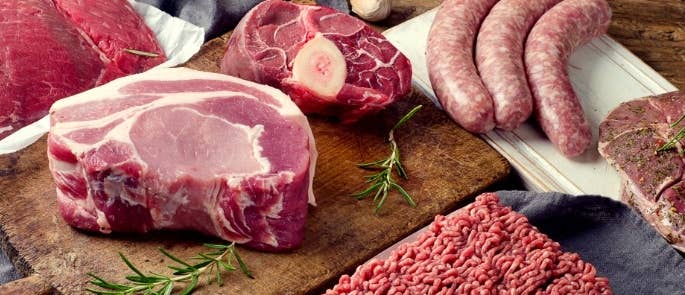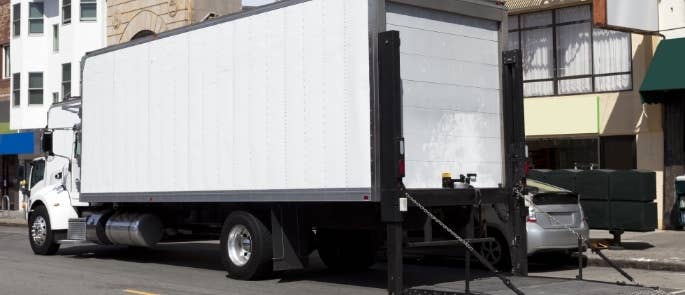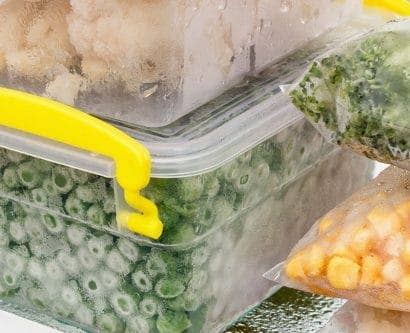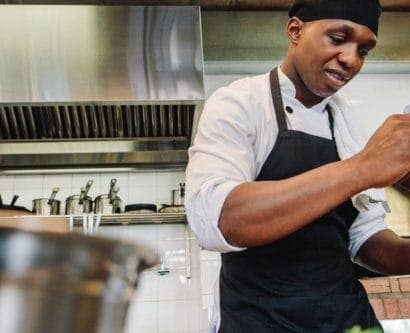Who is Responsible for the Traceability of Food?
Traceability is a fundamental part of any business’s food safety system. Most supply chain managers will have a sufficient understanding of the process and how to utilise its data if needed, but they may only recognise the value of using it reactively. For example, if they need to recall a product or identify the ingredients of a replacement food.
However, this only reflects one function of a traceability system. Its other valuable purpose is the ability to scrutinise each step in a supply chain, which is crucial for proactively combating the underestimated and growing risk of food fraud.
The challenge here is that each stage of the supply chain depends on one another for full visibility. One weak link could break the whole flow of information, which traceability heavily relies on. Food traceability is therefore the responsibility of everyone involved.

How Can I Be More Aware of my Supply Chain?
If you’re a food business operator (FBO) at the end of the supply chain, you may feel like you’re at the mercy of those further upstream when it comes to traceability. However, this position doesn’t stop you from taking the right steps to ensure your chain is free of blind spots.
Everyone involved in a food supply chain must provide a complete picture of a product’s history that’s consistent and comprehensive. Furthermore, everyone should know how to spot red flags in this information.

So, the first questions you need to ask yourself are: do you know what your entire supply chain looks like? Can you access information about products from any stage? Do you know what issues to look for? If not, how do you know that it isn’t vulnerable to infiltration?
Let’s look at how the traceability of your product applies to each step and where the chain may face vulnerabilities without it.

Steps of a Food Supply Chain
Step 1: Food Source
This refers to the origin of agricultural products, whether they’re from local farms or abroad, and whether they’re animal or crop products. Produce from overseas in particular can pose a major risk without verifiable traceability information.
Traceability information should include:
- Details of the farm and personnel involved. This includes the name and location and its type, e.g. whether it’s free range, organic.
- Information about the produce. This should include quantity, volume, and/or weight, feed and fertilisation, and use of pesticides.
- Identification numbers, batch codes, lot numbers, and dispatch dates and times.

Step 2: Meat Processing
Meat processing may take place at the source, but if it occurs at a separate location then this extra step adds another opportunity for risk and needs full traceability.
Traceability information should include:
- Details of the location and personnel involved.
- Information about slaughter, cutting, curing, and packaging. This should include details about certain requirements, e.g. Halal and Kosher.
- Details about the meat, e.g. quantity and weight.
- Identification numbers, batch codes, and arrival and dispatch dates and times.


Step 3: Processing / Manufacturing
Products usually go through a processing or manufacturing stage, such as portioning, to prepare them for distribution. As products are portioned and/or mixed with others at this point in the chain, it presents a significant opportunity for fraud. Traceability is therefore particularly crucial here.
Traceability information should include:
- Details of the location and personnel involved.
- Details about quantity and weight, including raw material quantities used to make the product.
- Write offs, off-cuts, and stock waste.
- Identification numbers, batch codes, and arrival and dispatch dates and times.
Information about quantities and weight is especially important during this stage, as it allows you to evaluate the mass balance. This means being able to account for 100% of the raw ingredients that arrive and leave the processing or manufacturing plant.
As Safe and Local Supplier Approval (SALSA) state: “You and your suppliers need to be able to prove that the designated ingredients you purchased were sufficient to manufacture the quantity of [the] finished product that you sold.” If not, it will raise eyebrows about where the additional weight or quantity came from.

Do you remember ‘horsegate’ back in 2013? Take a look at What Did We Learn from the Horsemeat Scandal? to understand what happened and if there is still a cause for concern…

Step 4: Labelling
Labelling of products often occurs during the processing and manufacturing stage, but without proper traceability there is a major risk of mislabelling – no matter where it takes place.
Traceability information should include:
- Details of the location and personnel involved.
- Information that matches up with the previous step in the chain, such as the mass balance.
- Evidence that they have labelled the products with all the necessary details, including ingredients, allergens, nutrition information, and claims.
- Identification numbers, batch codes, and arrival and dispatch dates and times.

Step 5: Distribution
Products may be distributed directly after processing, but if they’re stored elsewhere first before they’re delivered to food businesses at the end of the chain, this presents further fraud risks. The delivery service needs to be able to share all of the traceability information from the previous steps to prove they haven’t tampered with the products.
Traceability information should include:
- Details of the location and personnel involved.
- Information that matches up with all the previous steps in the chain.
- Identification numbers, batch codes, and arrival and dispatch dates and times.


Step 6: Food Premises Delivery
Once products reach the end of the supply chain, such as a delivery to a restaurant, the traceability information should be a compilation of everything from throughout the chain.
It should contain information about:
- The origin of the product.
- Meat processing (where relevant).
- Processing, including mass balance.
- Labelling and packaging.
- Identification numbers, batch codes, arrival and dispatch dates and times etc.
FBOs should be able to request this information from their suppliers in case of a recall issue or if customers request details about their food.

Which foods are most susceptible to fraudulent activity? Familiarise yourself with the 8 most commonly frauded foods in What is Food Fraud?

Step 7: Food Preparation
There continues to be a significant risk of fraud at the food preparation stage. For example, staff could substitute a product with another to cut costs, such as selling goat as lamb.
FBOs must therefore ensure that staff follow strict guidelines to prepare food properly. They must be able to account for the ingredients they use throughout the day.

Step 8: Public Consumption
Hopefully, by this point in the chain, customers have received correctly-labelled products that can be traced back through batch numbers if necessary. If not, this is when fraudulent food will become apparent, such as if a customer has a reaction, and you could quickly find yourself in legal trouble.

As you can see, each step in a food supply chain can present serious risks of fraud without full traceability. Tracking products from their point of origin up until their consumption is necessary in order to catch any issues before they reach customers’ plates. It’s therefore vital to ensure that you’re a part of a trustworthy and transparent chain.
If you don’t, can you really be certain that there’s no fraudulent activity happening behind the scenes?











